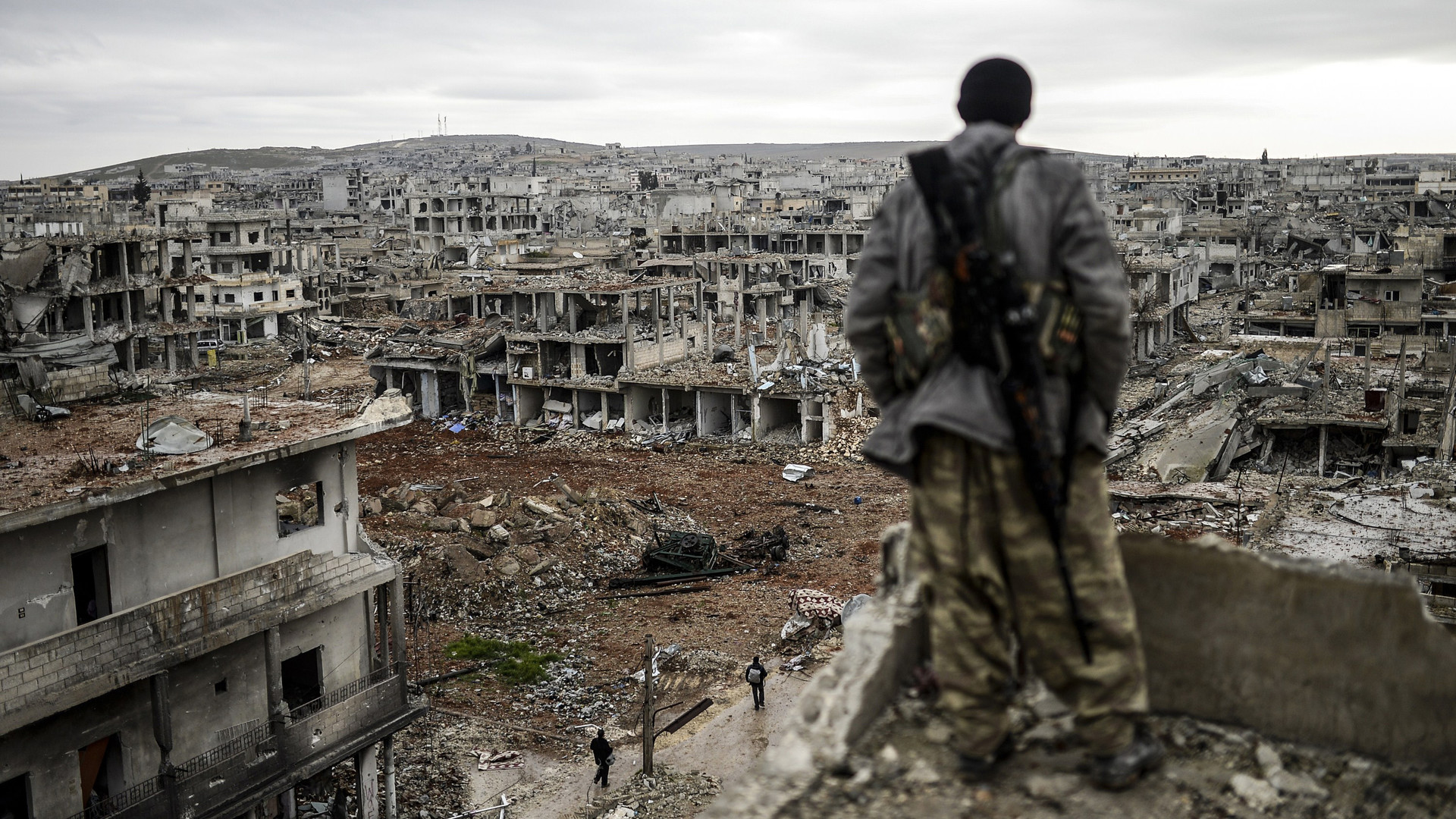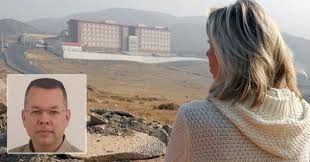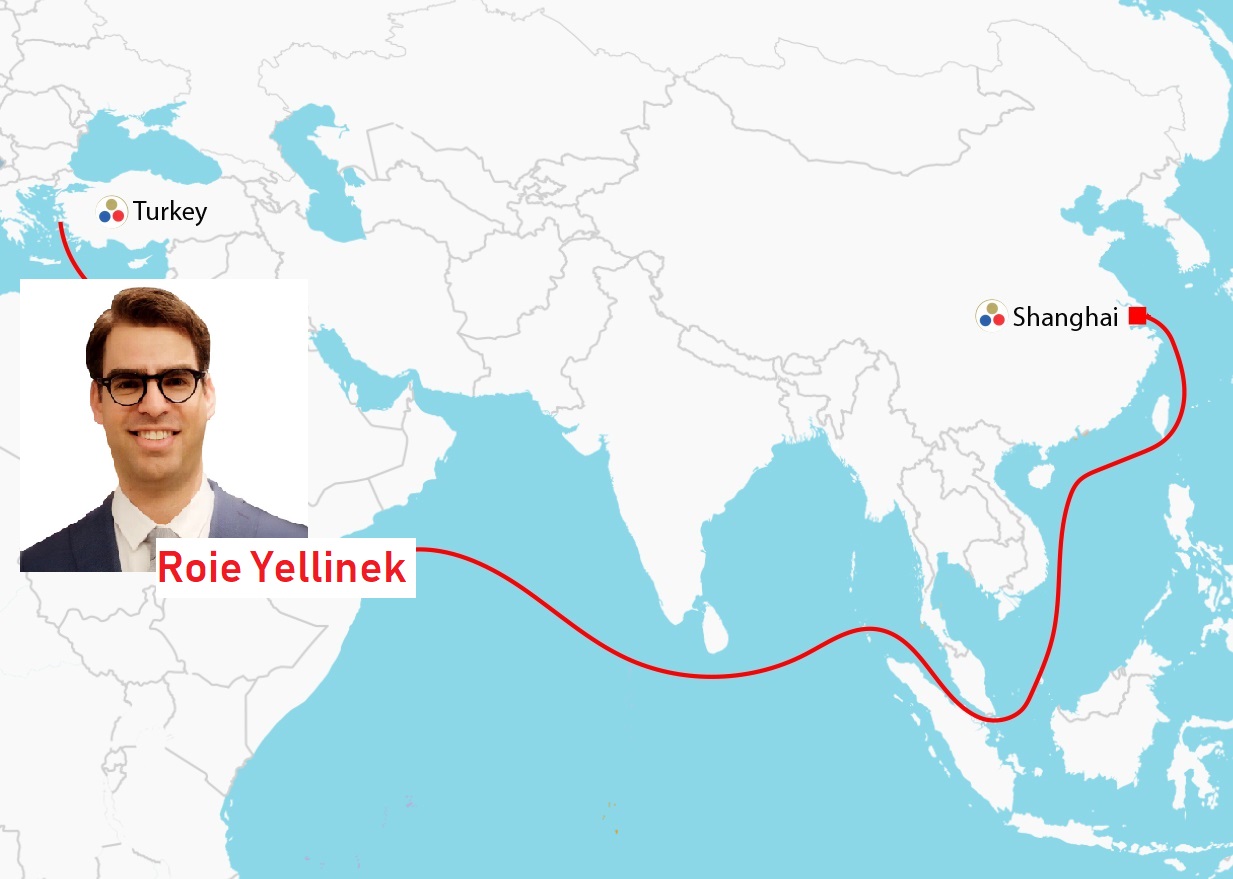After month of preparation and repeated threats, on the 9th of October the Turkish military and its so-called Syrian National Army (SNA) allies, concocted from an assortment of sometimes jihadi-inclined elements, finally embarked on a military operation to clear ‘terrorists’ from northern Syria. Turkey indicated that its understanding of ‘terrorists’ incorporated both the Islamic State (IS) and the Kurdish People’s Protection Units (or YPG). Although the precise military objectives are unclear at the time of writing, it is likely that the incursion, dubbed Operation Spring Peace, will seek to establish a ‘safe zone’ extending roughly 30 kilometres from Turkey’s border.
The initial phase of the operation consisted of intense aerial bombardment, rocket attacks and artillery shelling, aimed at multiple targets along the breadth of the Turkey-Syria border, combined with ground penetration by commando brigades, trained in counter-terrorism, and the SNA towards the Arab majority towns of Tal Abyad and Rasalayn. The initial objective appeared to be to surround and cut off these towns rather than penetrate them. Hundreds of civilians were killed or maimed, and thousands fled the battle area, generally heading southwards. There were early skirmishes between Turkish forces and YPG elements, but the real engagements are likely to come once Turkish forces enter YPG-defended urban areas. Following its struggle against IS, in which 11000 SDF lives were lost, the YPG is well versed in street-to-street fighting. Turkey hopes that the Arab, Yazidi, and Christian elements that had aligned themselves with the YPG under the Syrian Defence Force (SDF) umbrella would quickly abandon the fight. Time will tell whether that hope is misplaced or not.
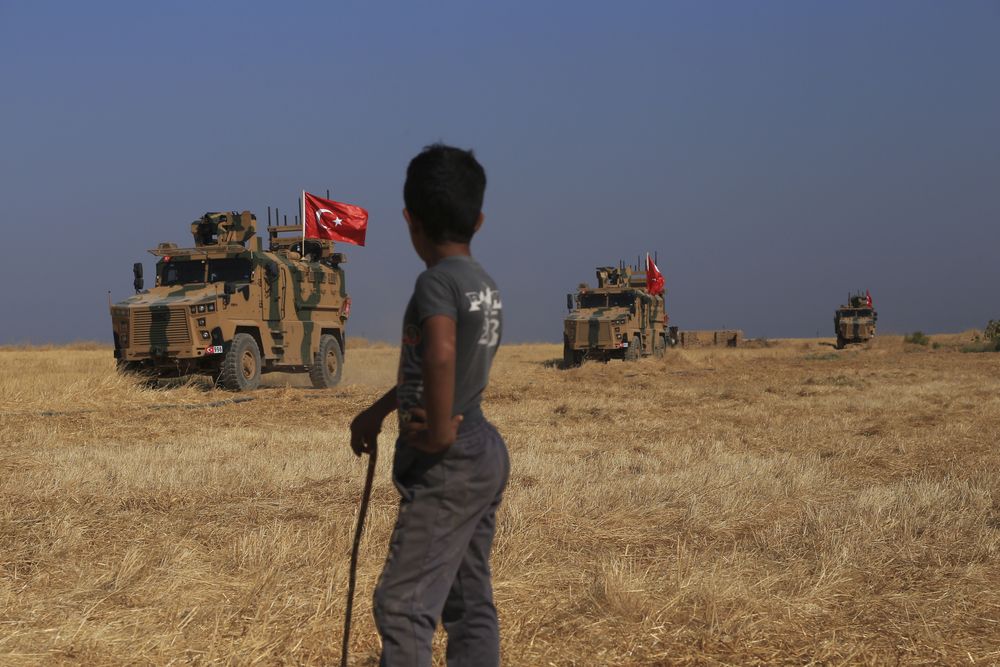
The immediate trigger for the attack was a telephone conversation between Turkey’s President Erdogan and US President Trump, after which Trump announced the withdrawal of US troops and seemed to give Turkey a ‘green light’ to commence its long-planned onslaught. It appears that Trump made his decision without first consulting the relevant Pentagon or State department officials, and London or Paris, both of which have forces on the ground in Syria. YPG leaders, who fully appreciated that the Washington had not adopted their cause as its own, claimed to have first heard of Trump’s decision on Twitter. It was unclear precisely what US ‘withdrawal’ meant, but it initially appeared to involve pulling back only limited forces that were located in the vicinity of Tal Abyad and Rasalayn. The US also joined Russia in voting against a UN Security Council motion critical of the invasion that brought by Washington’s European allies. Yet it was evident that US military and political circles were unhappy with Trump’s decision, and the outrage against Trump’s and Turkey’s behaviour was voiced even by the most pro-Trump Republican Congressmen, who joined their Democrat Party colleagues in drawing up proposed sanctions against Turkey.
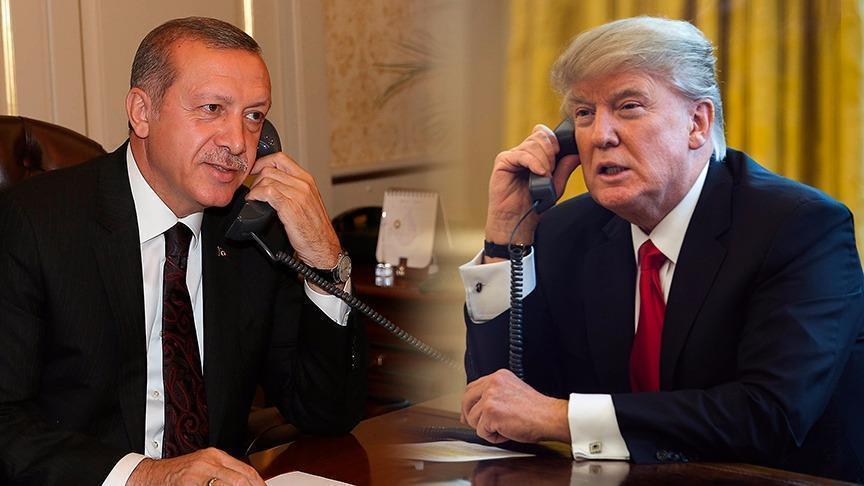
Washington’s NATO allies called for a cessation of Turkey’s campaign, and some even declared a halt to arms sales to Turkey. The Iraqi Kurdish leaders, usually reluctant to upset Ankara, also condemned the attack, and there were demonstrations on the streets of Erbil and Suleymaniya, and in Iran, as well as in many European cities.
The entire Arab world, except for Qatar, expressed its disapproval, as did Moscow, Israel and Iran. Tehran and Moscow share a stake in Syria’s territorial integrity, a desire that IS be defeated, and a wish for US forces to withdraw. The fear that any chaos resulting from the Turkish incursion might lead to an IS revival, particularly given the fact that the SDF guarded thousands of IS captives, was near-universal.
What motivated Trump? It may be inadvisable to regard much of what emanates from the Trump White House as ‘policy’, as this would imply some kind of deliberative, political and bureaucratic process, but it has long been manifest that Trump has sought to run down American forces in Syria and elsewhere, although an augmentation of US forces in Saudi Arabia took place in parallel with the Turkish attack into northern Syria. The weary ‘realist’ perspective that many analysts adopted pointed out that the US had only ever used the YPG/SDF in the struggle against IS, and had failed to make any political promises on behalf of the Kurds or even engage much in discussions about Syria’s future. As the IS threat had been reduced, many insisted that the time had come for the US to begin disengagement. The cost of the US partnership with the SDF to Washington’s relationship with NATO ally Turkey also concerned many observers.
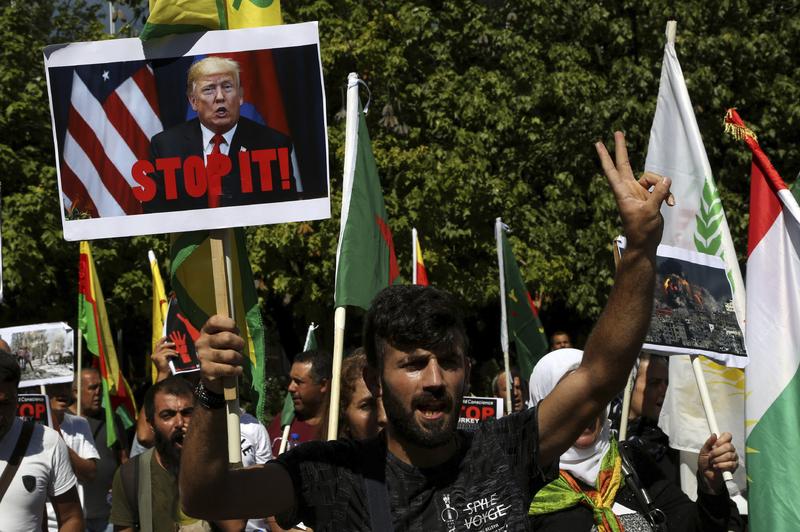
There is much in this analysis, but it overlooks the impact of the unthought-out and precipitate nature of Trump’s action. It also discounts the close relationships which had been established between the US military and their Kurdish partners in Syria. It is this which caused many to regard Trump’s abrupt decision as a ‘betrayal’ of the YPG/SDF, made worse by the fact that the US-Turkey ‘security mechanism’ which involved joint US-Turkish patrols. had just a few days earlier obliged the SDF to remove defensive fortifications in what turned out to be the path of Turkey’s invasion, and possibly also enabled Turkish security forces to identify SDF positions. It is evident too that the US forces in Syria that have worked so successfully alongside the SDF were unhappy with what they regarded as Trump’s dishonourable behaviour, and ‘honour’ is a powerful sentiment for soldiers, among others. Trump’s move has also unsettled Washington’s dependent allies elsewhere.
Furthermore, those who draw attention to the inevitability of a Turkish invasion and who are critical of the widespread reaction against it also underestimate the displeasure that Turkey had already aroused in Washington and other western capitals. The purchase by Ankara of the Russian S-400 anti-air missile system, the treatment of Pastor Brunson, the ‘weaponisation’ of the refugee threat to Europe – again voiced by Erdogan as Operation Spring Peace commenced – the suspicion that Turkey had circumvented the sanctions against Iran, the behaviour of Erdogan’s bodyguards in Washington and of agents of the Turkish government throughout Europe, and the rhetorical war against the west and Israel, have tested the patience of many. Operation Spring Peace is for some a kind of ‘last straw’ in their readiness to tolerate Ankara’s recalcitrance. If Turkey is still to be regarded as an ally, it is an ally unlike any other.
Few observers doubt that the YPG is the central target of the Turkish incursion, whether or not they sympathise with Trump’s ‘green light’. The US relationship with the YPG has indeed seriously dented the Turkey-US relationship. Ankara correctly deems the YPG to be the Syrian branch of the Kurdistan Workers Party (PKK), against which the Turkish state has fought more or less continuously since 1984. Although the somewhat arcane concept of ‘democratic centralism’ rather than the establishment an independent Kurdish state constitutes the end goal of the PKK in both Turkey and Syria, Ankara understandably persists in regarding it as a separatist movement that poses a threat to Turkey’s territorial integrity. The US-sponsored creation of the multi-ethnic SDF in 2015, largely in order to disguise the fact that the US was militarily cooperating with the Syrian branch of an outfit that Washington itself defined as ‘terrorist’, has served only to add insult to injury in Ankara.
However, Turkey’s softly-softly approach to IS, to al-Qaeda (AQ) in Syria, and to other jihadi groups, also constitutes part of the picture. In the early stages of the Syrian conflict the US, in partnership with Turkey, did arm and train various opposition groups that made up the so-called the Free Syrian Army (FSA), but backed off as it became clear that many of these elements were sympathetic to AQ, IS or other troubling jihadi sects. The US also doubted their fighting capability. Washington was irritated too by Ankara’s tardiness in proscribing the al Nusra Front, AQ’s Syrian branch. In any case, with the emergence of IS as a global as well as regional threat, Washington switched its attention away from the overthrow of the Damascus regime towards the defeat of IS.
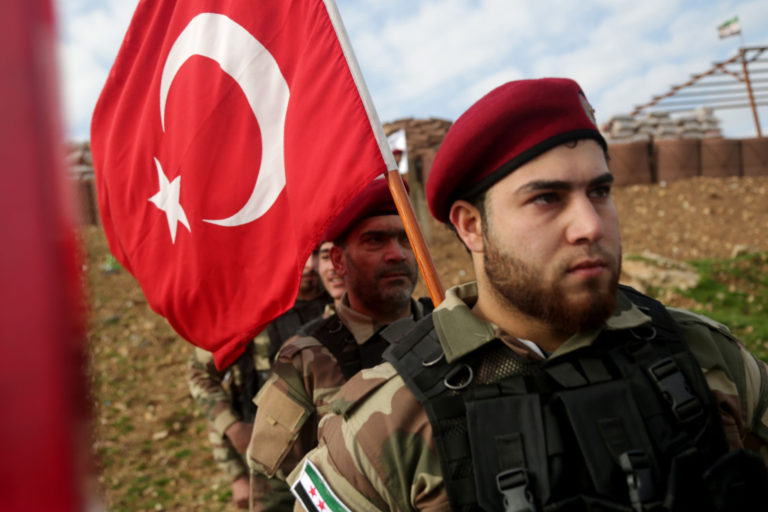
In contrast, Ankara persisted in its sponsorship of various jihadi opposition groups, but also switched its concern from Assad’s overthrow to the gains made by the YPG. When Turkish forces stood by as IS besieged the Kurdish border town of Kobane, and denied American access to the Incirlik air base, Washington had to utilise more distant bases in order to come to the rescue of Kobane’s defenders. With the YPG’s victory over IS in Kobane, the door was opened for the US to regard the YPG as its best on-the-ground ally in the fight against IS in Syria.
Brett McGurk, who served as the US head of the Global Coalition against IS from 2015 until his resignation at the end of 2018 – in response to an earlier threat by Trump to withdraw US forces from Syria – and (former General) Joseph Votel, who commanded the US Central Command until early 2019, have both argued that Turkey was a generally uncooperative partner in the anti-IS struggle, and had chosen not to take measures to more effectively seal its border with Syria against the tens of thousands of jihadis who infiltered across it. It was certainly the case that Turkey was relaxed about jihadi control of Syrian lands close to the Turkish border, relative to its anger at the emergence of a YPG presence there. As a consequence of Ankara’s perceived unreliability, McGurk has argued that in its fight against IS the US came to support the YPG only out of ‘necessity’. To argue, as some do, that Turkish sensibilities should have prevented the US from aligning with the YPG, is to argue that either the US should not have taken on IS at all, or that McGurk’s and Votel’s assessments of Turkey’s cooperativeness and of the undesirable nature of the elements that Ankara sponsors are inaccurate in some way.
So, what next? Having fought IS in the streets and towns of north-east Syria, the YPG’s best military option is to engage Turkish forces in urban warfare. The YPG would be ill-advised to try to defend the entire territory currently under its control. Much will depend on whether the US fully surrenders control of the airspace to Turkey.
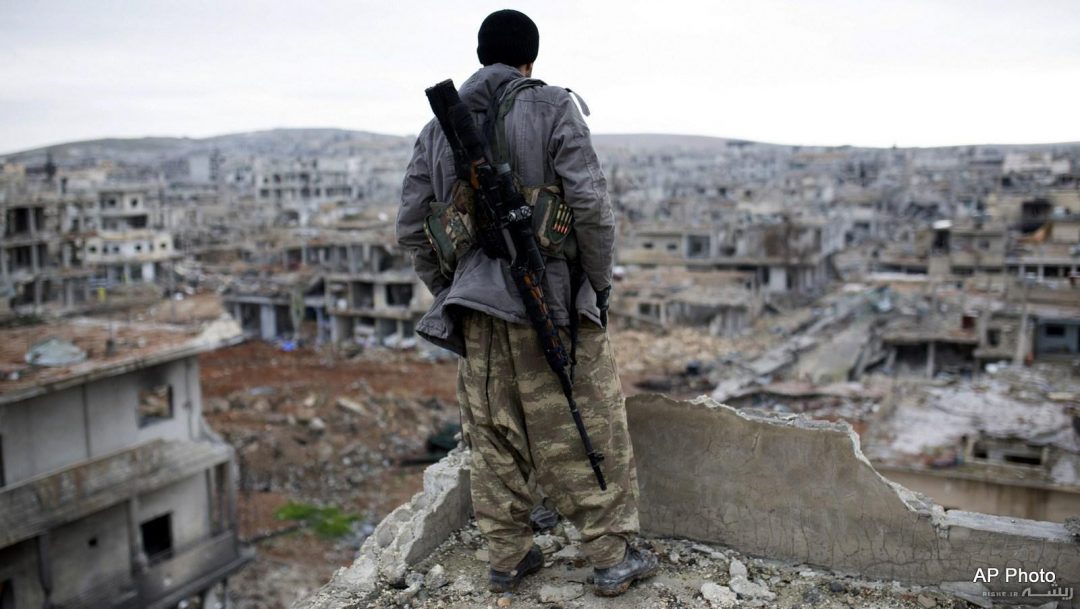
However, we know from Diyarbakir, Cizre, Nusaybin and other Kurdish towns that Ankara has no compunction about simply flattening Kurdish-populated urban areas even within its own borders. Its arrest and incarceration of elected Kurdish leaders in Turkey, and its repression of any indication of sympathy for Kurdish self-determination or expressions of Kurdishness, offer an insight into the likely behaviour of Turkish forces in Syria. Either way, a region that has hitherto been among the most stable, secure and progressive in Syria, will surely descend into chaos and violence.
Politically, the YPG might seek accommodation with Damascus, against which it has not seriously fought, and the support of Moscow. The Syrian regime, backed by Moscow and Tehran, will want Turkish – and US – forces to withdraw from Syrian territory.
However, Damascus is no more likely to embrace self-determination for the Kurds than is Ankara. Furthermore, Erdogan has insisted that the ‘safe zone’ that his forces hope to establish will be used to settle some of the thousands of Kurds who have fled to Turkey. This would presumably require a long Turkish presence, extensive investment in housing and infrastructure, that the YPG will be unable to conduct operation in the area, and that Turkey’s Syrian refugees will willingly return to a part of Syria that they do not originate from. It would also require, if not an ethnic cleansing of the Kurds and other minorities from northeast Syria, major demographic re-engineering.
Some IS fighters that have been under SDF guard have already bolted from their camps, and there are indications that IS sleeper cells have become operational in the area. Turkish security forces are themselves no strangers to false flag operations and the dark arts of urban warfare. If the situation in Afrin in northwest Syria, which has also been subjected to Turkish-led incursion, is anything to go by, northeast Syria will soon descend into the looting, racketeering, assassinations, ethnic cleansing, desecration of Kurdish cemeteries and suppression of all other signs of a Kurdish presence, in-fighting and Islamification that Turkey’s SNA has indulged in.
The most likely outcomes are that the Syrian chaos will continue and possibly worsen, that IS will revive, that Moscow, Tehran and Damascus will emerge as more central to the country’s future just as US influence declines, and that Turkey’s reputation with its western allies will be tarnished still further.
What will not happen is that Kurdish demands for self-determination will dissipate, either in Syria or in Turkey itself. In fact, it is more likely that pan-Kurdish anger, and global sympathy with it, will grow.
Ultimately, a key part of the problem has been that the US, and Turkey’s western allies more generally, have been unable to fully grasp the degree to which Ankara persists in believing that there is a military solution to the its own, and the region’s, Kurdish identity politics. There isn’t.
[authorbox authorid=”32″ ]
